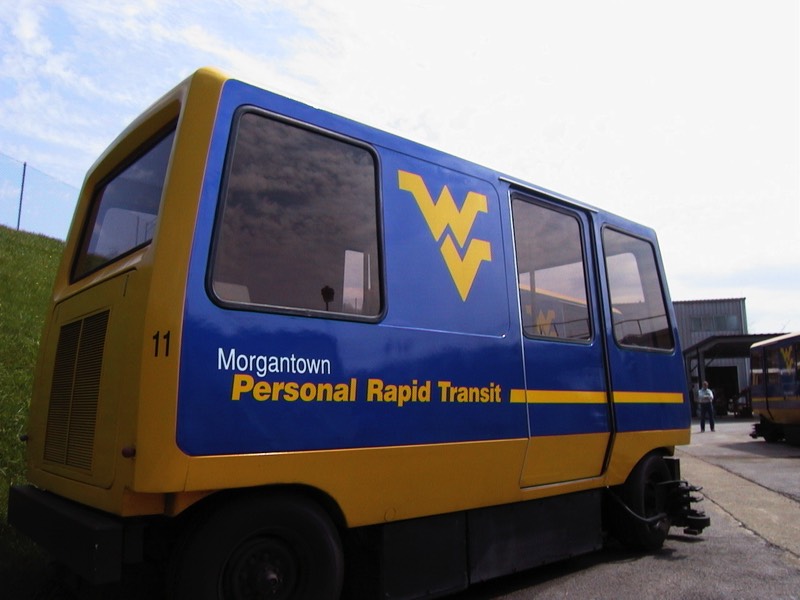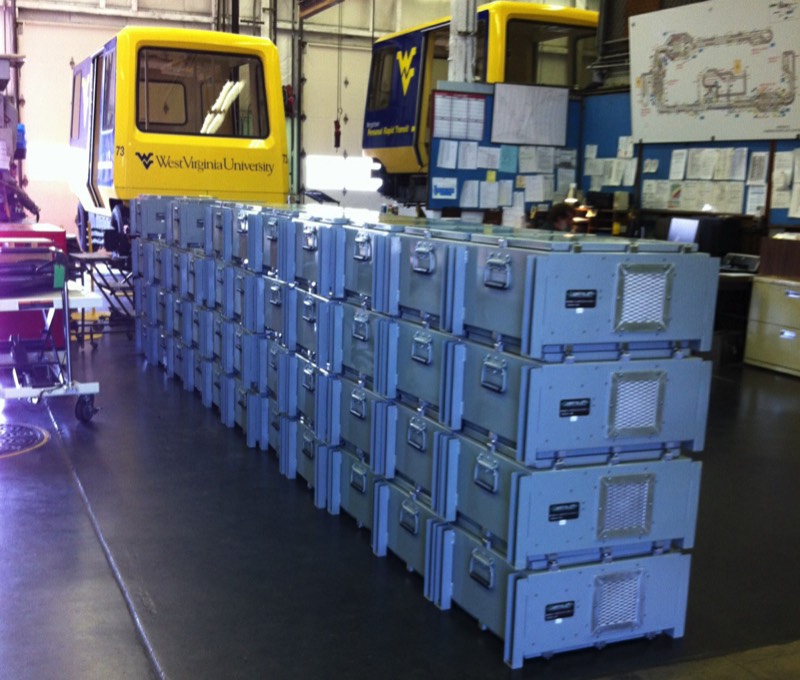Electronics Engineering
Specializations
- Custom electronic circuit design and production
- Ruggedized electronics for mobile (marine & ground) applications
- Real time embedded systems
- Data acquisition, instrumentation distributed IO and control
- Military communication suites
- Controller Area Network (CAN)
- Digital Video Recording
Circuit Design
Azimuth currently has design and development capabilities for custom circuit boards containing integrated circuits and passive devices in both through-hole and surface-mount packages. This includes, but is not limited to, TSSOP (25 mil pitch), 0603 packages as well as surface-mount connectors and other miniature components.
Current engineering design experience includes layout of multi-layer boards containing ultra-fine pitch (20 mil spacing) components with inner power and ground planes that decrease electrical noise in digital circuits while providing clean power rails throughout the board.
Previous designs include:
- redundant power supplies
- analog and digital design
- embedded devices and systems
- portable systems with built-in portable (battery) power packs with integral charging circuitry including lithium-ion designs
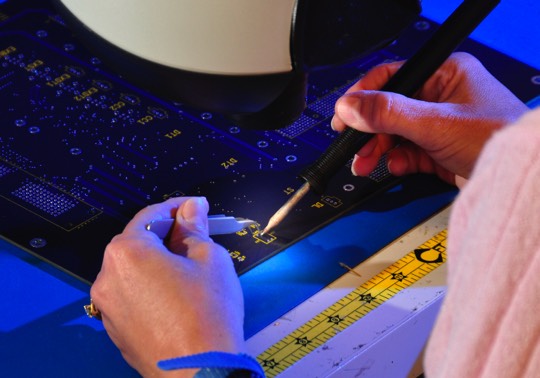
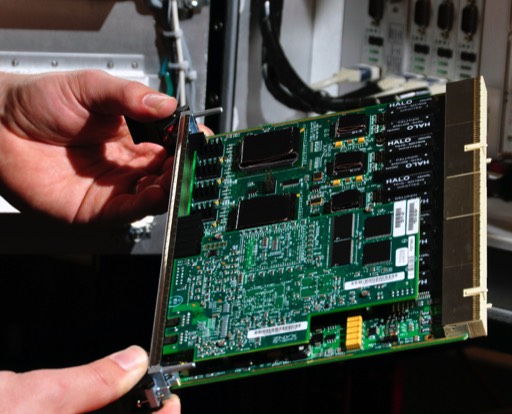
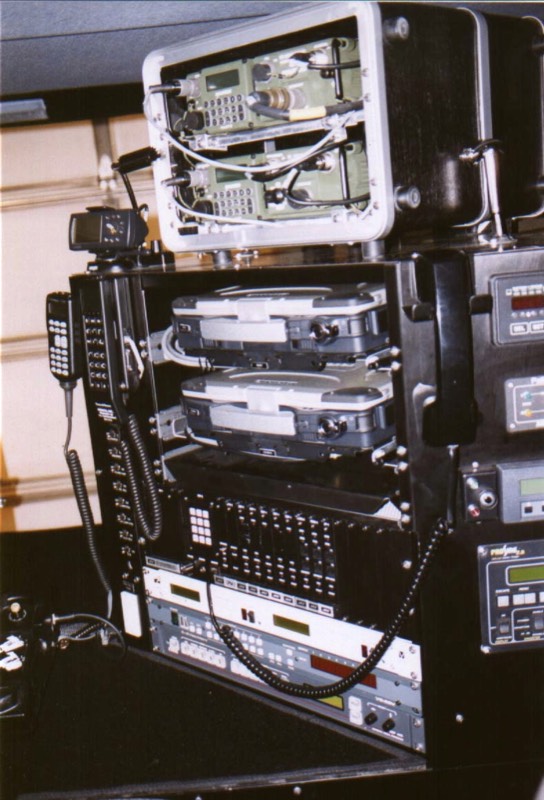
Major Projects and Programs
